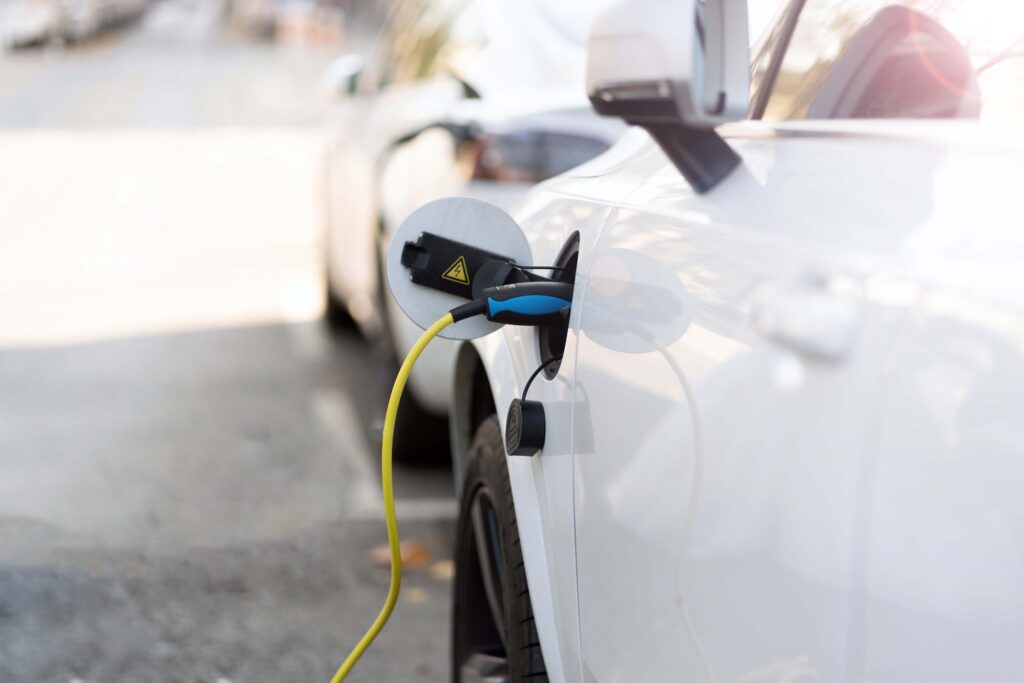As the world pivots towards a more sustainable future, electric vehicles (EVs) are rapidly gaining traction. With the absence of tailpipe emissions, the allure of EVs is undeniable, but for potential buyers and users, the question of range—the distance an EV can travel on a single charge—remains a fundamental concern. Understanding the intricacies of EV range is essential for those looking to make the transition from traditional combustion engines to electric power. In this comprehensive exploration, we shall demystify the realities of electric vehicle range and provide practical tips to maximize your mileage.
Unveiling EV Range Realities
Electric vehicle range has come a long way since the early models. Today’s EVs boast ranges that can compete with, and sometimes surpass, their gasoline counterparts. However, the advertised range often represents ideal conditions—moderate temperatures, flat terrain, and consistent speeds. In reality, factors like extreme temperatures, frequent acceleration, and the use of in-car amenities such as heating or air conditioning can significantly impact the actual miles traveled. It’s crucial for consumers to understand that the range can vary considerably from the manufacturer’s estimates.
Battery technology is the heart of an EV’s range capabilities. Lithium-ion batteries, the most common type used in electric cars, have seen tremendous advancements in energy density and efficiency. But even these high-tech powerhouses have their limitations. The range of an EV will typically decrease over time and with usage, much like how a smartphone battery holds less charge as it ages. Awareness of battery health is essential, as is the knowledge that complete discharge and high charging rates can also degrade battery performance over time.
The environmental impact of improving electric vehicle ranges shouldn’t be overlooked. The production and disposal of batteries pose environmental challenges that need to be addressed. As ranges increase, so does the size and capacity of the batteries, which results in more resources consumed and potential waste generated. Manufacturers and researchers are continuously seeking ways to make batteries more sustainable, with a focus on recyclability and reducing the reliance on rare earth elements.
Maximizing Mileage: Tips & Tricks
To ensure you’re getting the most out of your EV’s range, there are several strategies you can employ. First and foremost, regular maintenance is key. Keeping your EV in top condition, including proper tire inflation, alignment, and timely battery check-ups, will help maintain optimal range. Additionally, understanding the regenerative braking system—how it recaptures energy that would otherwise be lost—and using it effectively can add precious miles to your journey.
Driving habits also play a crucial role in maximizing EV range. Smooth, steady acceleration and deceleration, along with maintaining constant speeds, are more energy-efficient than aggressive driving. Planning your route to avoid areas with heavy traffic or steep inclines can also conserve energy. Moreover, utilizing eco-mode settings, which often adjust acceleration and climate control parameters to enhance efficiency, will help stretch your EV’s legs even further.
Lastly, climate control can be a silent range killer. Preconditioning your vehicle while it’s still plugged in can save significant energy, as heating or cooling the cabin while charging does not tap into the battery’s range. When on the road, opting for heated seats and steering wheels instead of the cabin heater can also reduce energy consumption, preserving your EV’s range for the longer stretches ahead.
As the electric vehicle landscape continues to evolve, range remains a central topic of discussion. Consumers equipped with knowledge about the realities of EV range and armed with tips for maximizing mileage will find themselves well-prepared to navigate the exciting road of electric mobility. With technological advancements on the horizon and an increasing focus on sustainable practices, the potential for EVs is boundless. As we charge towards an electric future, understanding the fine print of EV range will be the compass by which we steer toward a greener, more efficient world on wheels.
Please rate this post

With over 20 years of experience in the car business, I’ve navigated the evolution of the industry from traditional sales to the dynamic digital age. My journey through various roles in both sales and management has endowed me with a unique perspective on the challenges and opportunities in automotive sales today.
As the founder of Shawn Ryder Digital, I combine my extensive background in technology with my deep understanding of the automotive industry. This synergy allows me to craft digital marketing strategies that are not just effective but tailored to the specific needs of each dealership. My commitment is to drive your sales, enhance your brand awareness, and ensure your dealership thrives in the digital landscape.
Here at Shawn Ryder Digital, we’re not just about providing services; we’re about building partnerships. As I often say, “In the fast-paced world of digital marketing, staying ahead isn’t just an option; it’s a necessity.”
Together, let’s embrace the challenges of the digital age and turn them into opportunities for growth and success. Join me in redefining the future of automotive digital marketing. Let’s accelerate your dealership’s journey to the top.
